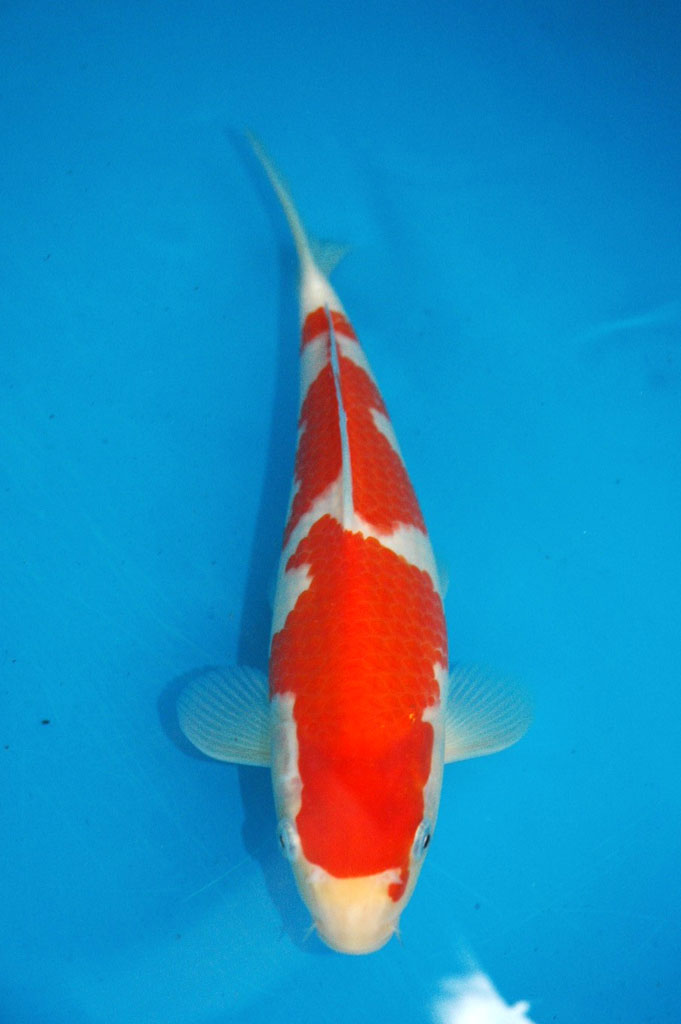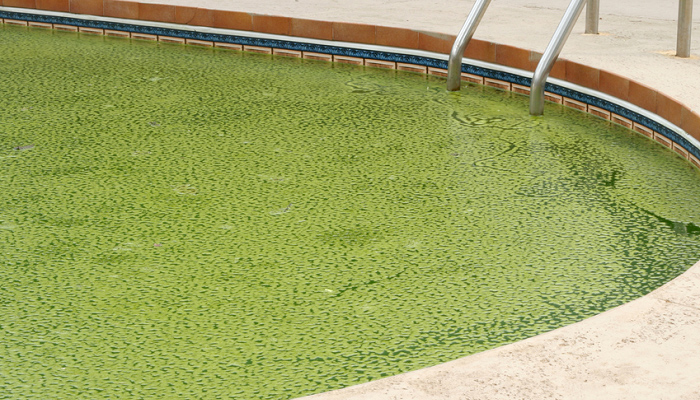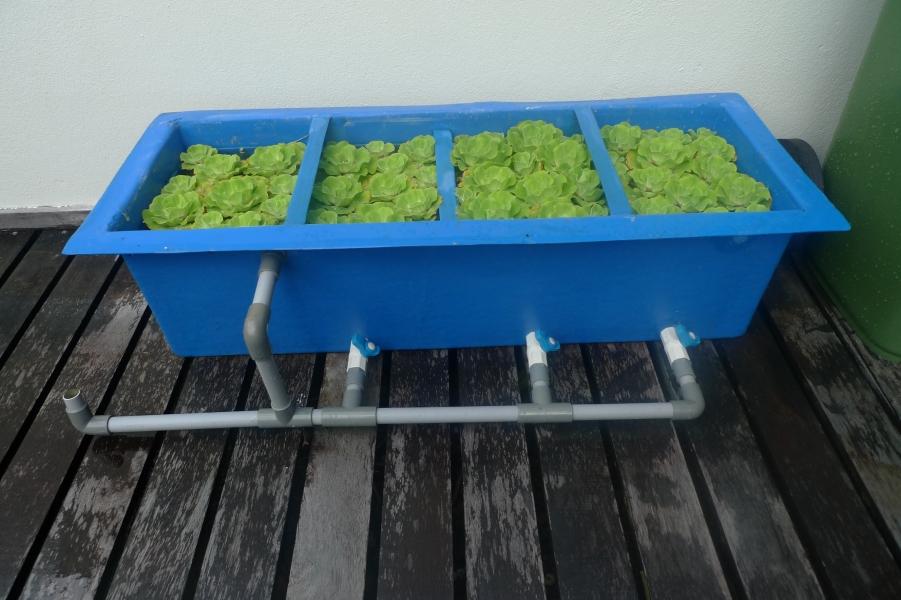
The Ultimate Guide to Koi Pond Algaecide: How to Keep Your Pond Clean and Clear
Introduction
Koi ponds are a popular addition to any garden or backyard, but they do require some maintenance to keep the water clean and healthy for your fish. One of the biggest challenges of maintaining a koi pond is dealing with algae growth. Algae can make your pond look unsightly and can also harm your fish if left unchecked. That’s why it’s important to use the right algaecide to keep your pond crystal clear.
What is Algae?
Before we dive into the world of algaecides, let’s talk about what algae is and why it’s a problem for koi ponds. Algae are tiny aquatic plants that grow in bodies of water. They can be green, brown, red, or blue and can grow in a variety of forms, including sheets, filaments, and single cells. Algae growth is a natural process that is essential to the health of bodies of water. However, when algae growth gets out of control, it can cause a variety of problems.
The Problem with Algae in Koi Ponds
Koi ponds are particularly susceptible to algae growth because they are often located in direct sunlight. Sunlight provides the energy that algae need to grow, and the nutrients in koi waste and uneaten food can also contribute to algae growth. When algae growth gets out of hand, it can cause several problems:
- Algae can turn the water green or brown, making it difficult to see your fish.
- Algae can deplete oxygen levels in the water, which can harm or even kill your fish.
- Algae can create an unbalanced ecosystem by competing with other plants and animals in the pond.
- Algae can make the water smell bad and create an unappealing environment for your outdoor space.
Types of Algaecides
Algaecides are chemicals that are designed to kill or control algae growth in bodies of water. There are several different types of algaecides to choose from, each with its own pros and cons:
Copper-based Algaecides
Copper-based algaecides are a popular option for koi ponds because they are effective at killing algae and are relatively safe for fish when used in the correct dosage. Copper-based algaecides work by binding to the proteins in algae cells, leading to their destruction. They also work to prevent regrowth of the algae.
Peroxide-based Algaecides
Peroxide-based algaecides are another option for koi ponds. They work by oxidizing the molecules in algae cells, killing them in the process. Peroxide-based algaecides are safe for fish when used correctly and do not leave any residue in the water after use.
Chlorine-based Algaecides
Chlorine-based algaecides are another option for koi ponds, but they should be used with caution. Chlorine can be harmful to fish in high doses, and it can also damage any plants or rocks in your pond. However, if used correctly, chlorine-based algaecides can be effective at controlling algae growth.
Choosing the Right Algaecide for Your Koi Pond
Choosing the right algaecide for your koi pond depends on several factors, including:
- The type of algae that is growing in your pond
- The severity of the algae growth
- The size of your pond
- The number and type of fish in your pond
- Any plants or rocks in your pond
- Your personal preferences
It’s important to carefully read the label and instructions of any algaecide you are considering using to make sure it is safe for your fish and compatible with any plants or rocks in your pond. You should also follow the dosage instructions carefully to avoid harming your fish.
Tips for Preventing Algae Growth in Your Koi Pond
While algaecides can be effective at controlling algae growth in your koi pond, they should not be relied on as the sole solution. There are several steps you can take to prevent algae growth in your pond:
- Provide plenty of shade for your pond to limit the amount of sunlight that enters the water.
- Keep your pond clean by regularly removing any debris, such as fallen leaves or uneaten food.
- Maintain good water quality by testing the water regularly and performing water changes as needed.
- Use a water clarifier to help keep the water clear and prevent algae growth.
- Avoid overfeeding your fish, as excess food can contribute to algae growth.
- Consider adding a biological filter to your pond to help keep the water clean and clear.
- Limit the number of fish in your pond to avoid overstocking.
Conclusion
Algae growth can be a frustrating problem for koi pond owners, but it doesn’t have to be. By using the right algaecide and following the tips for preventing algae growth, you can keep your pond clean and clear for your fish. Remember to always read the label and instructions carefully and to avoid overusing algaecides to ensure the health and safety of your fish.





